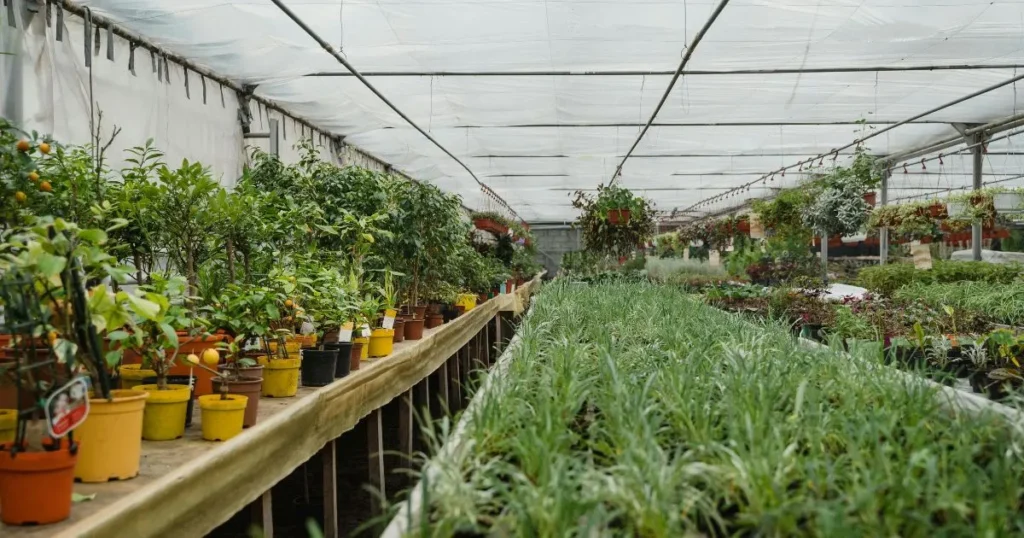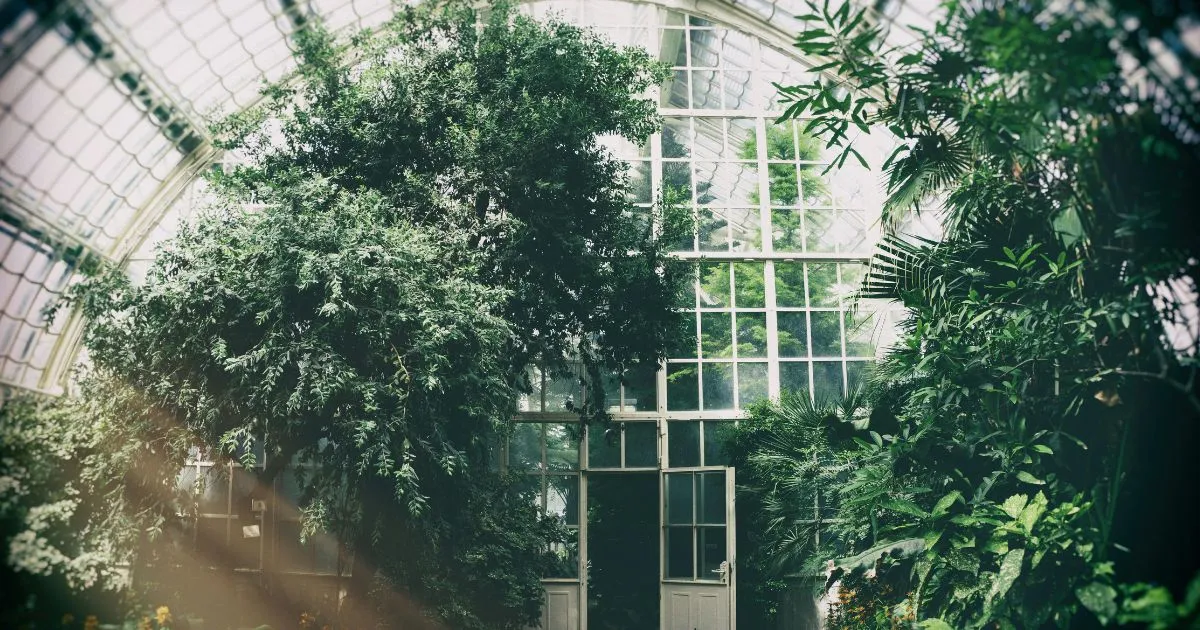Table of Contents
Conservatories in Chicago
Chicago, a bustling metropolis known for its towering skyscrapers and vibrant cultural scene, also boasts a serene and verdant side. Conservatories in Chicago offer an escape from the urban hustle, providing tranquil environments filled with lush greenery and stunning plant collections. Whether you’re a botany enthusiast, a photography buff, or someone seeking peace amid nature, Chicago’s conservatories have something for everyone.
In this comprehensive guide, we’ll explore the top conservatories in Chicago, their unique features, and what makes them must-visit destinations. We’ll also address frequently asked questions to help you make the most of your visit.
1. Garfield Park Conservatory: A Botanical Masterpiece
Often referred to as “landscape art under glass,” the Garfield Park Conservatory is one of the largest and most stunning conservatories in the United States. Designed by renowned landscape architect Jens Jensen, this West Side gem spans over two acres under glass and houses thousands of plant species from around the globe.
Key Highlights:
- Tropical Wonderland: Step into the Palm House, where towering palm trees and exotic plants create a rainforest-like atmosphere.
- Seasonal Displays: The Show House changes with the seasons, featuring themed floral displays that reflect holidays, seasons, or special occasions.
- Children’s Garden: A family-friendly space where kids can learn about plants through hands-on activities.
- Outdoor Gardens: Explore the Monet Garden, inspired by the famous painter’s works, and the Sensory Garden, designed to engage all your senses.
Admission: Free (donations encouraged)
2. Lincoln Park Conservatory: A Historic Urban Oasis
Nestled within Lincoln Park, this Victorian-era conservatory transports visitors to a world of tropical beauty. Opened in the late 19th century, the Lincoln Park Conservatory is a testament to Chicago’s dedication to preserving natural beauty within the city limits.
Key Highlights:
- Palm House: Discover a wide variety of palms and cycads in this lush, humid environment.
- Fern Room: Travel back in time with plants from the age of dinosaurs, featuring ancient ferns and other primitive species.
- Orchid Room: A sensory delight, the Orchid Room showcases rare and exotic orchids from around the world.
- Seasonal Flower Shows: Annual displays, such as the Spring Flower Show, bring vibrant colors to the conservatory.
Admission: Free (donations encouraged)
3. Chicago Botanic Garden: Beyond the Glass Walls
Located just north of the city in Glencoe, the Chicago Botanic Garden isn’t a traditional conservatory but offers a sprawling, open-air experience that rivals any indoor botanical collection. Covering 385 acres, it features 27 distinct gardens and four natural areas, along with a world-class plant science center.
Key Highlights:
- Indoor Plant Collections: Explore seasonal displays in the Regenstein Center Greenhouses.
- Japanese Garden: Stroll through the serene paths of the Elizabeth Hubert Malott Japanese Garden.
- Butterflies & Blooms: A seasonal exhibition where visitors can walk among live butterflies.
- Family Activities: Programs and workshops cater to budding botanists of all ages.
Admission: Free; parking fees apply

Why Visit a Conservatory?
- Reconnect with Nature: Conservatories offer a breath of fresh air and a chance to escape urban life.
- Educational Opportunities: Learn about plant diversity, conservation efforts, and sustainable practices.
- Inspiration: Whether you’re an artist, writer, or photographer, the vibrant landscapes can ignite your creativity.
- Year-Round Enjoyment: Unlike outdoor gardens, conservatories provide lush greenery regardless of the weather outside.
Tips for Visiting Chicago’s Conservatories
- Plan Ahead: Check opening hours, special events, and seasonal displays.
- Bring a Camera: Capture the stunning beauty of the plants and flowers.
- Dress Comfortably: Many conservatories maintain humid environments to support tropical plants.
- Respect the Plants: Avoid touching or picking any foliage or flowers.
- Engage with Staff: Ask questions or join a guided tour to enhance your experience.
Conclusion
Chicago’s conservatories are more than just places to admire plants; they’re sanctuaries that nourish the soul, inspire creativity, and educate visitors about the beauty and importance of nature. Whether you’re exploring the historic Lincoln Park Conservatory, marveling at the grandeur of Garfield Park, or wandering the expansive Chicago Botanic Garden, these green havens are sure to leave a lasting impression. Plan your visit today and discover the serene side of the Windy City!
Frequently Asked Questions (FAQ)
Are Chicago’s conservatories free to visit?
Yes, both the Garfield Park and Lincoln Park Conservatories offer free admission, though donations are encouraged to support their maintenance and programming. The Chicago Botanic Garden is also free, but parking fees apply.
What are the best times to visit?
Conservatories are open year-round, but seasonal displays during spring and winter holidays are particularly popular. Weekdays and early mornings often provide a quieter experience.
Are conservatories suitable for children?
Absolutely! Most conservatories, like Garfield Park and the Chicago Botanic Garden, offer interactive exhibits and family-friendly programs.
Can I hold events or weddings at these conservatories?
Yes, many of these venues offer rental spaces for private events, including weddings and corporate gatherings. Contact the conservatory directly for details.
Are the conservatories wheelchair accessible?
Yes, all major conservatories in Chicago are designed to be accessible to visitors with mobility challenges.

